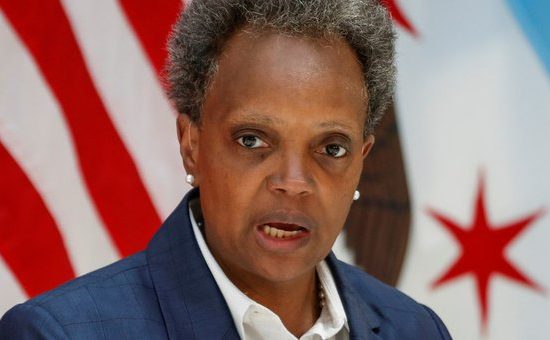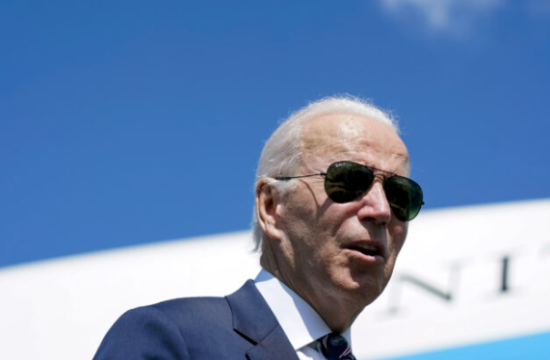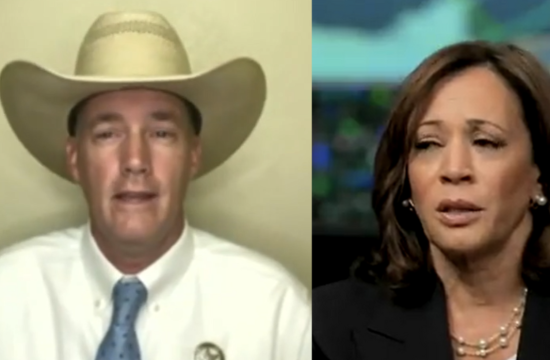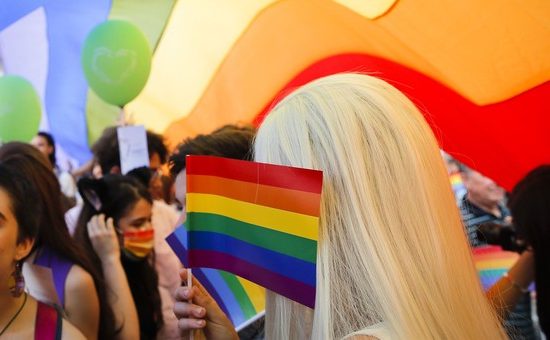States that are cutting President Joe Biden’s expanded unemployment benefits early are seeing a faster decline in jobless claims, according to analysis.
The 22 red states that have opted to cut Biden’s weekly $300 tack-on early are seeing Americans leave unemployment rolls more quickly, pointing to the Republican argument the stimulus incentivizes employees to stay home, making it difficult for employers to ramp back up after the ending of the pandemic lockdowns.
Missouri is one of them, and GOP Gov. Mike Parson felt the benefits had “worsened the workforce issues we are facing,” not helped, he told The Wall Street Journal.
Biden’s extension was set to expire in September, but states seeing labor shortages began opting out of it to positive results. Missouri cut the expanded benefit June 12 along with three other states, followed by seven more states June 19 and 10 more states this weekend.
The states announcing in May a June cutoff see a 13.8% decline in jobless claims, greater than the 10% decline for those ending them in July, with just a 5.7% decline in states carrying through until September, according to Jefferies LLC economists.
“You’re starting to see a response to these programs ending,” Jefferies’ Aneta Markowska told the Journal. “Employers were having to compete with the government handing out money, and that makes it very hard to attract workers.”
Missouri, one of the least restrictive states, has been one of the leaders in responding to the pandemic, steadily remaining below the national unemployment rate, including 2.3 points below at the height of the lockdowns to 5 points below in the fall.
It did not impose a statewide ban on indoor dining and restrictions in big cities were lightly enforced and were lifted sooner than most states, Steven Fazzari, a Washington University (St. Louis) economist, told the Journal.
Still, he wants the benefits to run their full course.
“The pandemic was a massive disruption, and many people only were able to receive their vaccines recently,” Fazzari told the Journal. “It’s reasonable to give them to September to adjust.”
Lowest-wage workers will be impacted the most, the Journal noted, as workers losing the benefit will have to also afford child care and healthcare once they get back to work.
“It’s not that I don’t want to go back to work,” Davina Roberson, who made $26 an hour at a travel agency before being furloughed, told the Journal. “If I took a minimum wage job, I’d be working for health insurance and child care and have nothing left to live on.”












